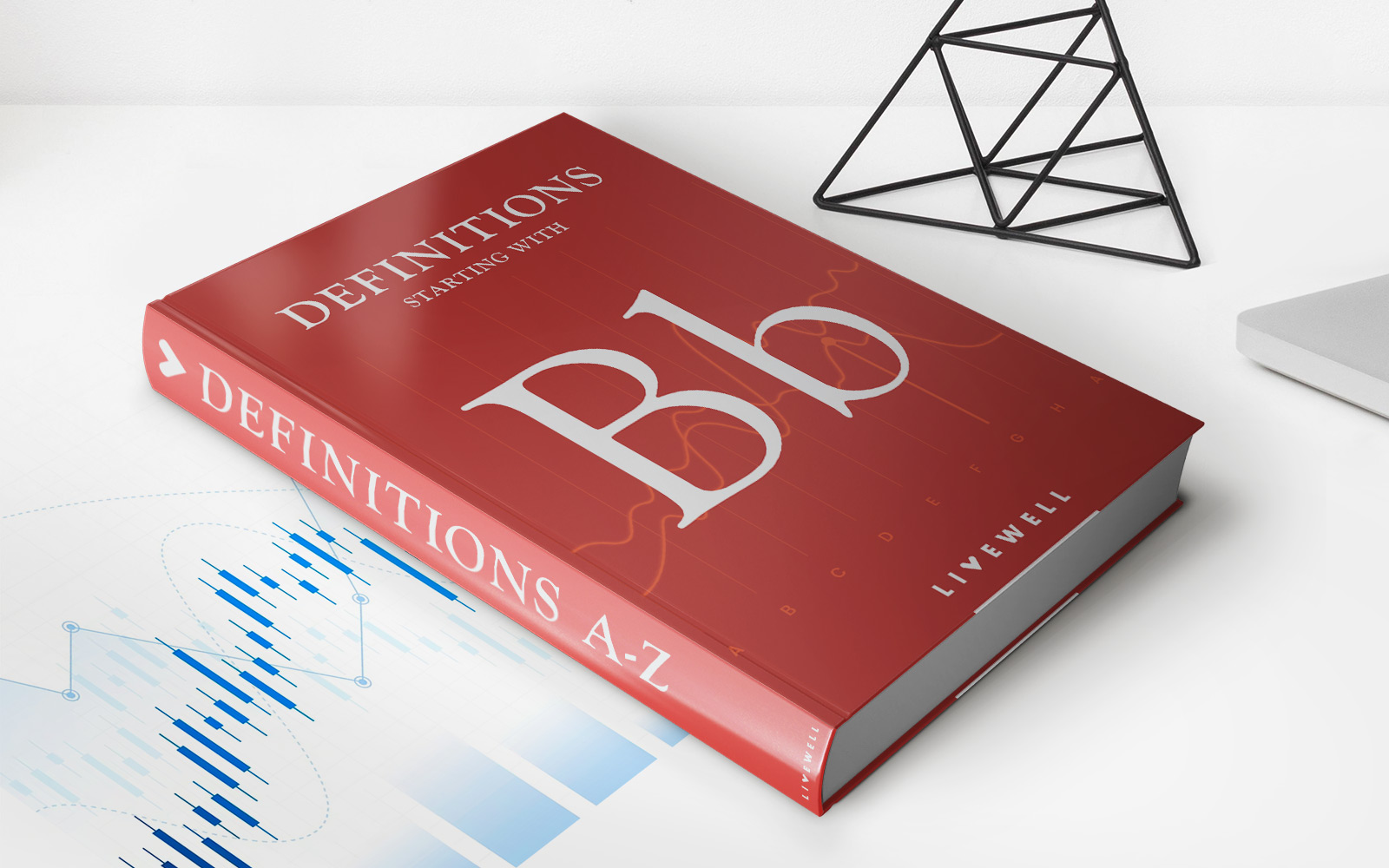Home>Finance>Dry Bulk Commodity: Definition, Examples, Index, Vs. Container


Finance
Dry Bulk Commodity: Definition, Examples, Index, Vs. Container
Published: November 14, 2023
Looking to understand the definition, examples, and index of dry bulk commodities? Learn how they differ from container commodities in the world of finance.
(Many of the links in this article redirect to a specific reviewed product. Your purchase of these products through affiliate links helps to generate commission for LiveWell, at no extra cost. Learn more)
The Basics of Dry Bulk Commodity: Definition, Examples, Index, Vs. Container
When it comes to the world of finance, there are many terms and concepts that can seem complex and overwhelming. One such term is “dry bulk commodity.” In this blog post, we will provide a clear and concise explanation of what dry bulk commodities are, provide examples, discuss the dry bulk commodity index, and differentiate it from container shipping.
Key Takeaways:
- Dry bulk commodities are non-perishable goods that are transported in large quantities.
- Examples of dry bulk commodities include coal, iron ore, grain, cement, and fertilizer.
Defining Dry Bulk Commodity
In the world of finance, commodities are goods that are primarily used for manufacturing purposes or as inputs in production processes. Unlike other commodities that are transported in smaller quantities or liquids, dry bulk commodities are characterized by being non-perishable goods that are transported in large quantities.
Dry bulk commodities are typically raw materials, such as minerals, ores, agricultural products, and industrial materials. These goods are either extracted from the earth or grown on farms, and they play a crucial role in various industries around the globe.
Examples of Dry Bulk Commodities
Here are some common examples of dry bulk commodities:
- Coal: Used for power generation and steel production, coal is one of the most significant dry bulk commodities.
- Iron Ore: This essential raw material is crucial for the production of steel, making it a vital dry bulk commodity.
- Grain: Including wheat, corn, rice, and soybeans, grain is transported in large quantities to feed the growing global population.
- Cement: An essential component in the construction industry, cement is another key dry bulk commodity.
- Fertilizer: Used to enhance crop growth, fertilizers are an important commodity in the agricultural sector.
Dry Bulk Commodity Index
To gauge the overall performance of the dry bulk commodity market, a dry bulk commodity index is used. This index tracks the prices of various dry bulk commodities over time, providing insights into market trends and fluctuations.
The Baltic Dry Index (BDI) is one of the most widely recognized dry bulk commodity indices. It measures the average shipping rates of major dry bulk carrier classes, including Capesize, Panamax, and Supramax vessels. By monitoring the BDI, investors, analysts, and industry professionals can assess the health of the global dry bulk commodity market.
Dry Bulk Commodity Vs. Container Shipping
It’s important to differentiate between dry bulk commodity shipping and container shipping, as they involve different modes of transport and types of cargo.
Dry bulk commodity shipping involves the transportation of loose, non-perishable commodities in large volumes. These goods are usually loaded directly onto specialized bulk carriers, such as bulkers or bulk carriers, without individual packaging. They are handled with equipment like grabs or conveyor belts.
On the other hand, container shipping deals with the transportation of discrete, packaged items in standardized containers. Containers are typically loaded onto container ships and can carry a wide range of goods, including finished products, electronics, clothing, and more.
While dry bulk commodities are transported in huge quantities, container shipping allows for greater flexibility in terms of cargo diversity and individual item delivery. Both shipping methods play crucial roles in facilitating global trade and supply chains.
Conclusion
In summary, dry bulk commodities are non-perishable goods that are transported in large volumes. They include essential raw materials like coal and iron ore, as well as agricultural products like grain and fertilizer. The Baltic Dry Index serves as an important indicator of the overall health of the dry bulk commodity market. By understanding the differences between dry bulk commodity shipping and container shipping, we can better appreciate their significance in modern-day commerce.
Now that you have a clear understanding of what dry bulk commodities are, their examples, the dry bulk commodity index, and how they differ from container shipping, you’ll be better equipped to navigate the world of finance and make informed decisions.














